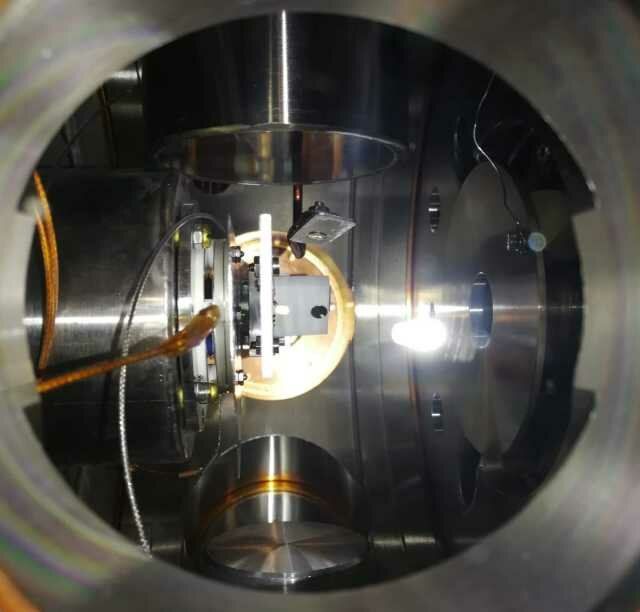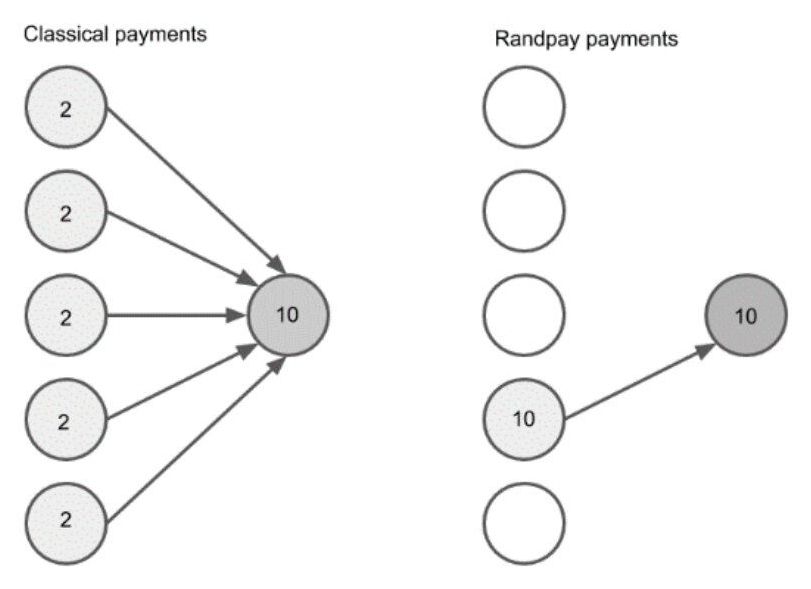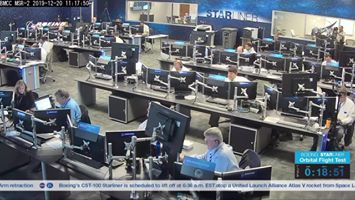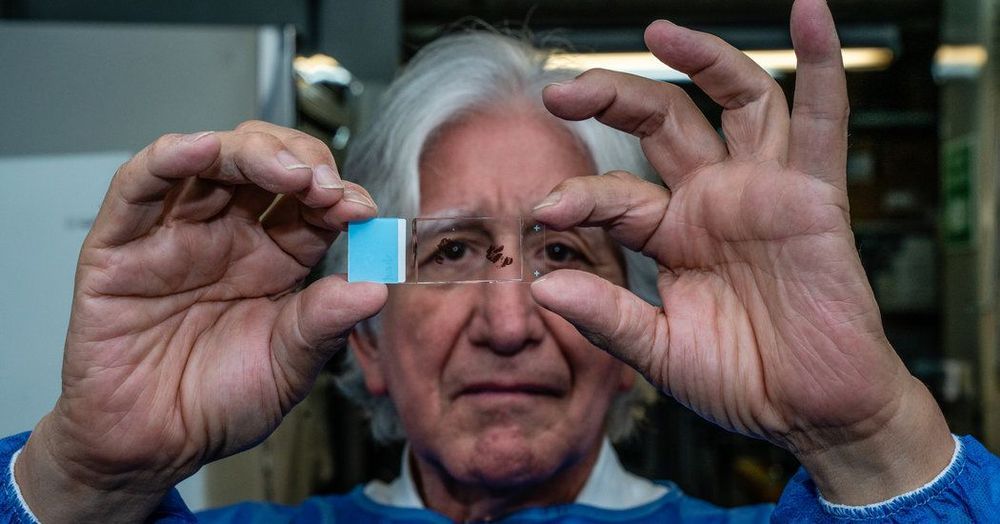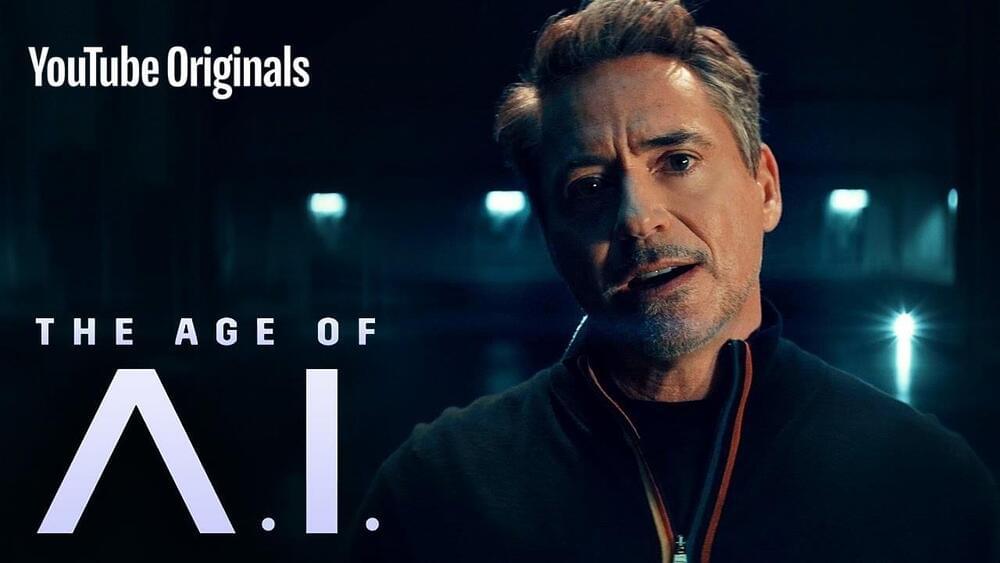Dec 20, 2019
Pac-Man-era microchip could help gobble up nuclear warheads
Posted by Saúl Morales Rodriguéz in categories: computing, military
When Russian nuclear inspectors traveled to the U.S. in the early 2000s, they were not allowed to directly examine classified nuclear weapon components, Professor Alex Glaser said. Instead, the inspectors were shown a radiation detector’s green light as confirmation that components were real.
The Russians were not convinced, Glaser said, noting that one said the only thing the test proved was that the Americans had a green LED with a battery connection.
Details about nuclear weapons remain among the world’s most highly guarded secrets. An expert dismantling a weapon, or even witnessing its destruction, can learn much about the warhead. On the other hand, without examining the weapon, it’s difficult to convince inspectors that a real weapon was destroyed. This has long been considered a problem for disarmament —how can countries convince others that a nuclear weapon is gone without revealing details about its arsenal?



